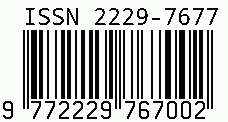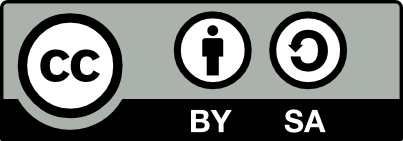
International Journal on Science and Technology
E-ISSN: 2229-7677
•
Impact Factor: 9.88
A Widely Indexed Open Access Peer Reviewed Multidisciplinary Bi-monthly Scholarly International Journal
Plagiarism is checked by the leading plagiarism checker
Call for Paper
Volume 16 Issue 3
July-September 2025
Indexing Partners



















Enhancing MANET Performance through Effective Key Management: A Comprehensive Review
| Author(s) | Dr. Gudelliwar Sandip S |
|---|---|
| Country | India |
| Abstract | A Mobile Ad-hoc Network (MANET) is a decentralized, infrastructure-less network with limited physical security and constrained resources, making robust security mechanisms essential. Key management plays a pivotal role in ensuring MANET security by handling key generation, storage, distribution, updating, revocation, deletion, and archiving. Key management protocols can be classified into four categories: symmetric, asymmetric, group, and hybrid. Among these, group key management has garnered significant research attention due to the growing prevalence of mobile devices and multicast communication. This paper comprehensively reviews various group key management strategies, evaluating them based on reliability, computational complexity, storage costs, communication overheads, prerequisites, security levels, robustness, vulnerabilities, scalability, energy efficiency, and mobility support. A comparative analysis is provided, highlighting the strengths and limitations of each protocol. The study concludes with an assessment of the trade-offs between different approaches, offering insights for future research directions. |
| Keywords | Data Mining, Cyber Security, Malicious Software, Intrusion Detection |
| Field | Engineering |
| Published In | Volume 15, Issue 2, April-June 2024 |
| Published On | 2024-06-06 |
Share this


CrossRef DOI is assigned to each research paper published in our journal.
IJSAT DOI prefix is
10.71097/IJSAT
Downloads
All research papers published on this website are licensed under Creative Commons Attribution-ShareAlike 4.0 International License, and all rights belong to their respective authors/researchers.

